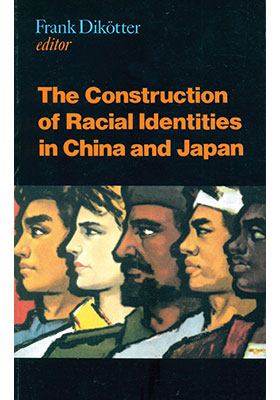The Construction of Racial Identities in China and Japan
(中日種族身份的建構)
ISBN : 978-962-209-443-7
October 1997
228 pages, 5.5″ x 8.5″
For sale in Hong Kong SAR, Mainland China, and Taiwan only
- HK$165.00
Far from being a negligible aspect of contemporary identity, racialised senses ofbelonging have often been the very foundation ofnational identity in East Asia in the twentieth century. As this volume shows, the construction of symbolic boundaries between racial categories has undergone many transformations in China and Japan, but the attempt to rationahse and rank real and imagined differences between population groups remains widespread.
In an era of economic globalisation and political depolarisation, racial discrimination has increased in East Asia, affecting the human rights of marginahsed groups and collective perceptions of the world order. The historical background and contemporary implications of these potentially explosive issues are addressed.
“This book brings together some of the most perceptive recent scholarship on the issues related to the Chinese religion of “Chineseness” that will help the reader understand the vital origins of attitudes and beliefs that shape China’s views of itself and how it demands to be seen by other countries. Similarly, the material on Japan is of great relevance for readers and scholars working in areas related to Chinese studies, Japanese economics, politics, culture and history. So powerful and persuasive have the formulations of the unique and unified lineage of the Japanese “race” been in this century that they have acquired a breath-taking pedagogical and media authority. Through their analyses of the “united race” rhetoric of Japanese uniqueness, the racial policies of Japanese imperial expansion into Manchuria from the 1930s, and the use of kanbun in the education system, the contributors to this volume demonstrate how the process of modern myth-making and racial identity politics has been at work in the pre-eminent economic power of the region.” —Geremie P. Barme, Australian National University

